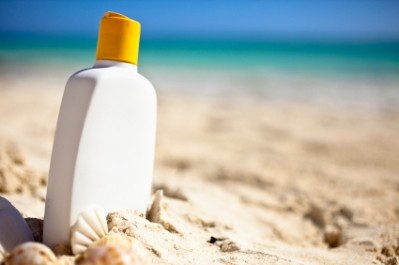Sun tan may be blocking vitamin D synthesis

The study, carried out in Brazil on participants that had high rates of daily sun exposure and did not regularly use sunscreen or take vitamin D supplements, showed that even people exposed to high levels of sunlight may be deficient in serum vitamin D because it is mainly induced by UV irradiation and synthesized in the skin.
"Our research showed that, in a large sample of individuals living in a tropical region located 8 degrees south of the equator with very high rates of sun exposure and extremely high UV irradiation, most people had serum vitamin D below 30 ng/ml (nanograms per milliliter), the cut-off for normal," says lead study author Dr Francisco Bandeira.
"Our findings suggest that skin tanning, which is a natural protection against the harmful effects of UV irradiation, limits the progressive rise in serum vitamin D towards optimal concentrations,” adds the associate professor of medicine and chief of the Division of Endocrinology and Diabetes at the University of Pernambuco Medical School in Recife, Brazil.
Evaluating different skin types
In the study, Bandeira and colleagues evaluated 986 people between 13-82 years of age, living in the city of Recife, who all had high rates of daily sun exposure and did not regularly use sunscreen or take vitamin D supplements.
Using Fitzpatrick skin phototype scale, which indicates deeper colour and tendency to tan rather than burn in the sun, the research team evaluated each participant in response of different skin types to UV light.
They also calculated each participant's sun index, by multiplying the number of hours of sun exposure per week by the fraction of body surface area exposed.
They then measured everyone's serum vitamin D levels and compared them with their skin phototype and sun index scores.
Still below cut-off
The results showed that although the individuals with greater sun exposure had skin that was more tanned and less vitamin D deficient than other participants, most of those with very high daily exposure had serum vitamin D levels below the normal cut-off.
Overall, 72% of participants had vitamin D deficiency, and their mean vitamin D level was only 26.06 ng/ml.
The participants with deficient serum vitamin D tended to be older and have lower sun index values than those with normal levels.
The results were presented in a poster at ENDO 2016, the annual meeting of the Endocrine Society, in Boston.

















